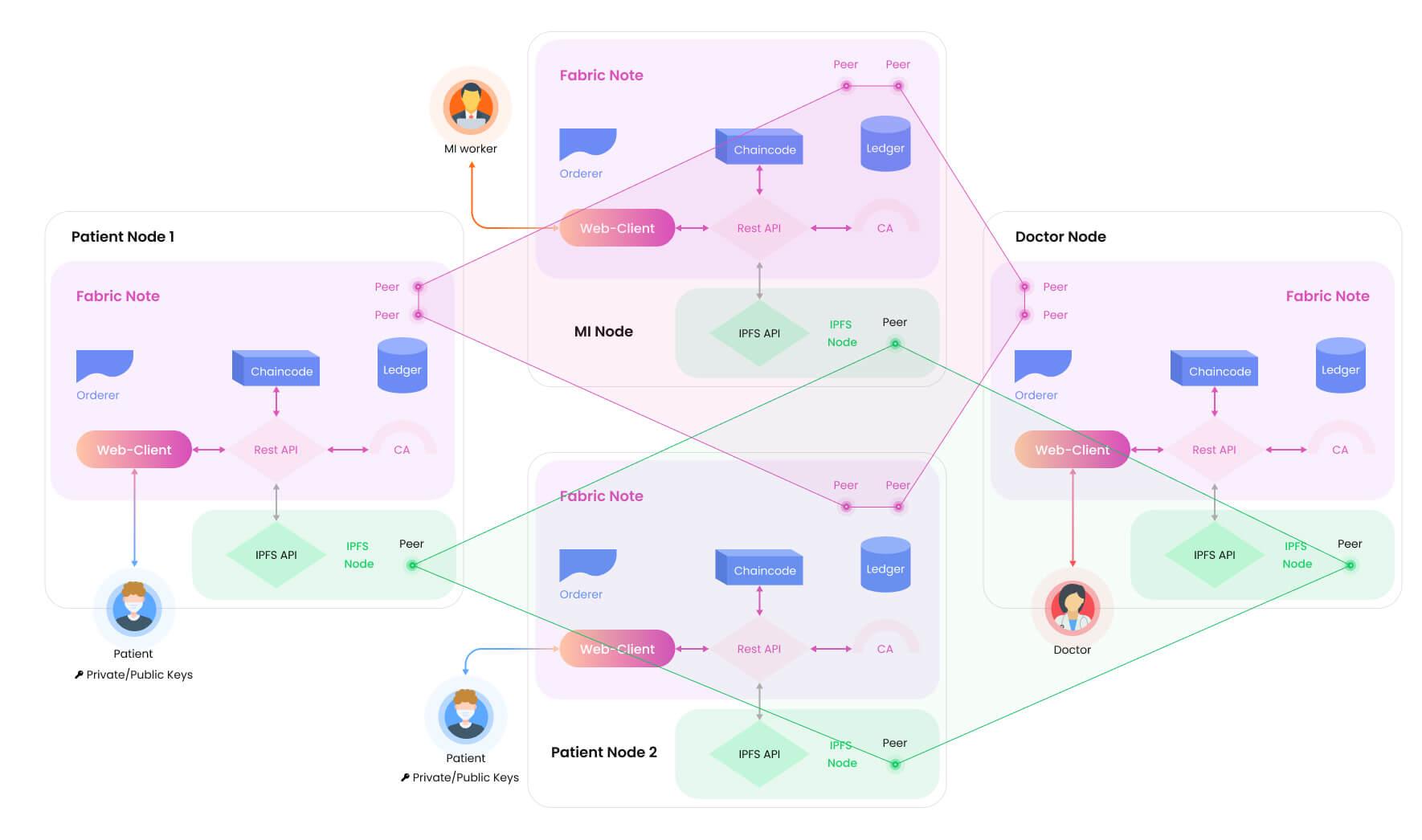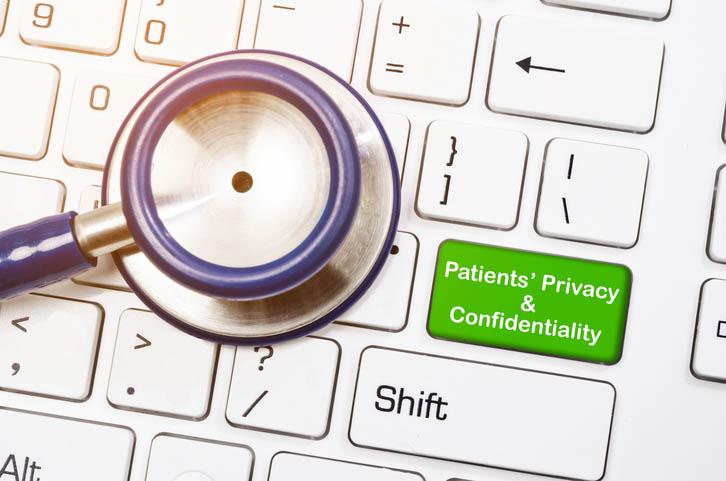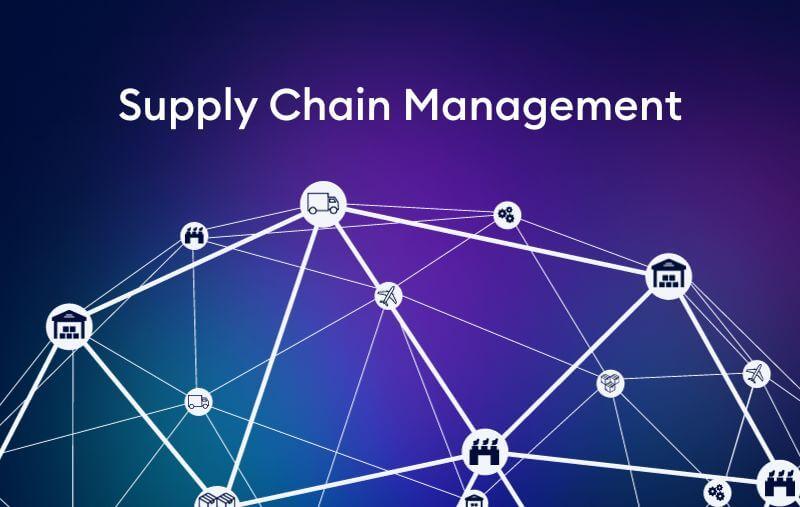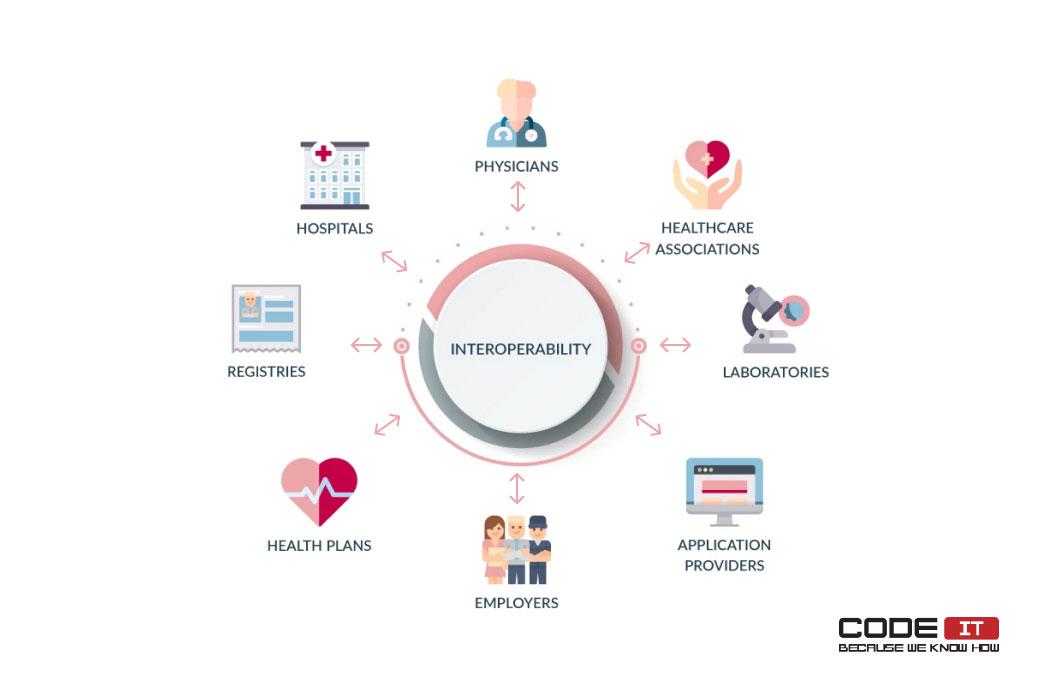In an era where digital innovation is rapidly reshaping the landscape of various industries, healthcare stands at the precipice of a transformation that could redefine patient care as we know it. Enter blockchain technology—a term often associated with cryptocurrencies but increasingly recognized for its potential to revolutionize the way health information is managed, secured, and shared. As we embark on a journey to explore the intersection of blockchain and healthcare, we will uncover how this groundbreaking technology can enhance patient privacy, streamline processes, and foster a more patient-centered approach to care. Join us as we delve into the ways blockchain is not just a theoretical concept, but a tangible tool poised to empower both patients and providers in a world where data integrity and accessibility are paramount.
Revolutionizing Medical Records with Immutable Structures
Traditional medical records are often plagued by issues of accessibility, security, and accuracy. By implementing immutable structures that blockchain technology offers, healthcare providers can create a seamless and secure environment for patient data management. Each patient’s record becomes a unique, unalterable entity that can only be accessed or modified by authorized personnel, vastly reducing the risk of errors or fraudulent alterations. This innovative approach not only protects sensitive information but also fosters trust among patients, allowing them to have greater control over their health data. The result is a more patient-centric approach where individuals can confidently engage with their healthcare providers, knowing their information is accurate and secure.
Furthermore, the potential for interoperability among diverse healthcare systems is significantly enhanced through blockchain. As different platforms adopt this technology, the ability to share patient records across various institutions can become both efficient and transparent. Benefits of this system include:
- Reduced duplication of tests and procedures, leading to cost savings.
- Improved care coordination among multi-disciplinary teams.
- Streamlined patient data retrieval during emergencies.
Blockchain can also facilitate smart contracts, allowing for automated verification of insurance claims based on real-time data, making processing faster and more reliable. With these strategies, patient care can become more personalized, timely, and effective, ensuring that every individual receives the quality of care they deserve.

Enhancing Patient Privacy and Data Security through Decentralization
The adoption of decentralized technologies, particularly blockchain, offers a transformative approach to safeguard patient privacy and enhance data security within the healthcare sector. By distributing patient records across a network of computers, rather than storing them in a central repository, this technology significantly reduces the risk of data breaches. With cryptographic techniques, every transaction is securely recorded, ensuring that sensitive information remains confidential and only accessible to authorized entities. This approach empowers patients, allowing them to control who views their records and under what circumstances, thereby enhancing their overall trust in the healthcare system.
Implementing a decentralized framework enables various stakeholders to validate transactions in real-time, fostering enhanced data integrity. This mechanism not only protects against unauthorized access but also provides a comprehensive audit trail that can track the flow of data. Key benefits include:
- Transparency: Patients can easily verify who accessed their information.
- Immutability: Once recorded, data cannot be altered or deleted, ensuring accuracy.
- Interoperability: Different healthcare systems can securely share verified patient data without compromise.
Below is a simplified comparison of traditional versus decentralized data management in healthcare:
| Feature | Traditional Model | Decentralized Model |
|---|---|---|
| Data Storage | Centralized | Distributed |
| Access Control | Limited | Patient-controlled |
| Data Alteration | Possible | Immutable |

Streamlining Supply Chain Management with Transparent Transactions
The integration of blockchain technology in healthcare is revolutionizing supply chain management by providing a foundation for transparent and tamper-proof transactions. With the ability to record each step of a product’s journey—from manufacturer to pharmacy to patient—healthcare providers can ensure the authenticity and safety of medical supplies. This transparency not only mitigates the risk of counterfeit drugs entering the market but also strengthens trust among stakeholders, which is paramount in the healthcare sector. The implementation of a blockchain-led approach allows for real-time tracking and assessment, making it easier to identify inefficiencies and rectify them swiftly.
By leveraging smart contracts, healthcare organizations can automate various supply chain processes, reducing the reliance on intermediaries and minimizing delays. The benefits of a blockchain-based supply chain include:
- Enhanced traceability: Easily track and verify the origin of pharmaceuticals.
- Cost efficiency: Lower operational costs by streamlining processes.
- Improved compliance: Adhere to regulatory requirements more effectively.
- Data integrity: Immutable records ensure reliable data sharing among stakeholders.

Facilitating Interoperability in Healthcare Systems for Seamless Collaboration
In the ever-evolving landscape of healthcare, the ability to share and access patient data across various systems is paramount for improving patient outcomes. Blockchain technology offers a robust framework that not only secures patient information but also enables interoperability between disparate healthcare systems. By creating a decentralized yet unified ledger, healthcare providers can seamlessly collaborate, leading to enhanced communication and reduced administrative burdens. As a result, healthcare professionals can make timely decisions based on real-time data, ensuring that patients receive the most effective and personalized care available.
Implementing blockchain can also facilitate interoperability by supporting a standard format for data exchange, thereby minimizing errors associated with the traditional systems. Some key strategies include:
- Smart Contracts: Automate data sharing agreements between systems to maintain compliance and security.
- Identity Management: Verify identities across networks, ensuring that patient data is accessed by authorized personnel only.
- Audit Trails: Maintain comprehensive logs of all transactions, enhancing trust and accountability.
| Blockchain Feature | Benefit in Healthcare |
|---|---|
| Decentralization | Reduces single points of failure and enhances data resilience. |
| Transparency | Fosters trust among stakeholders through clear visibility of transactions. |
| Immutability | Ensures that patient records remain intact and unaltered, critical for compliance. |
In Retrospect
As we stand on the brink of a technological renaissance in healthcare, the potential of blockchain to transform patient care is both exciting and profound. By ensuring data integrity, improving interoperability, and empowering patients with greater control over their health information, blockchain holds the promise of not just streamlining processes but also revolutionizing the very essence of patient-provider relationships.
However, the journey towards widespread adoption is fraught with challenges that require careful navigation, collaboration, and a commitment to security and ethics. As stakeholders from various sectors unite to explore this innovative frontier, the future of healthcare may very well hinge on our ability to harness the power of blockchain responsibly and thoughtfully.
the true measure of success will not merely be technological advancement, but the tangible improvements in patient care and outcomes that arise from it. As we forge ahead, let us remain mindful of our ultimate goal: a healthcare system that is more transparent, equitable, and patient-centered. The future is unfolding before us—may we embrace it with both caution and optimism.


